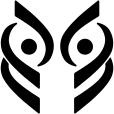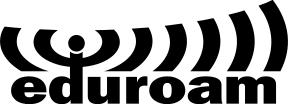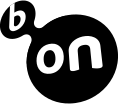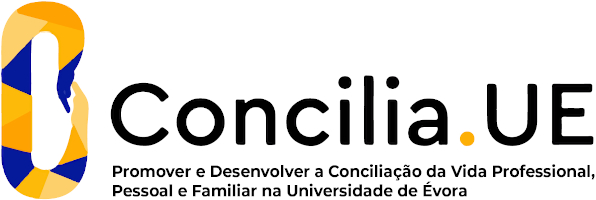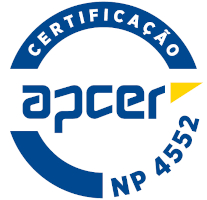2024
Mathematical Calculus II
Name: Mathematical Calculus II
Code: MAT12878L
6 ECTS
Duration: 15 weeks/156 hours
Scientific Area:
Mathematics
Teaching languages: Portuguese
Languages of tutoring support: Portuguese
Regime de Frequência: Presencial
Presentation
In this Curricular Unit we provide students with the main theoretical and practical tools of Differential and Integral Calculus for functions of several real variables, so they can apply them in their respective areas of study.
Sustainable Development Goals
Learning Goals
The main purpose of Mathematical Analysis II is to provide students with the main theoretical and practical tools of Differential and Integral Calculus for real functions and vector functions of several variables for them to apply in their respective areas of study. Without forgetting the mathematical rigor, Mathematical Analysis II privileges the calculation and the application of the results. In order to do this, we intend to
develop critical, methodical, rigorous and creative thinking in solving concrete problems.
develop critical, methodical, rigorous and creative thinking in solving concrete problems.
Contents
1. Differential Calculus in Rn
Algebraic and topological structure of Rn. Functions from Rn to Rm: Continuity and the notion of limit. Differentiability.
Partial derivatives. Chain rule. Taylor's theorem in Rn and applications to the study of extreme values. Inverse and
implicit function theorems. Extreme values of functions with constrained variables
2. Integral Calculus in Rn
Multiple integrals: Fubini's theorem, change of variables theorem, applications to the computation of physical
quantities. Line integrals: Integrals of scalar fields and vector fields. Fundamental theorem of calculus for line
integrals, conservative fields and scalar potentials. Green's theorem. Surface integrals: surface integrals of a scalar
field, flux of a vector field, divergence theorem and Stokes' theorem.
Algebraic and topological structure of Rn. Functions from Rn to Rm: Continuity and the notion of limit. Differentiability.
Partial derivatives. Chain rule. Taylor's theorem in Rn and applications to the study of extreme values. Inverse and
implicit function theorems. Extreme values of functions with constrained variables
2. Integral Calculus in Rn
Multiple integrals: Fubini's theorem, change of variables theorem, applications to the computation of physical
quantities. Line integrals: Integrals of scalar fields and vector fields. Fundamental theorem of calculus for line
integrals, conservative fields and scalar potentials. Green's theorem. Surface integrals: surface integrals of a scalar
field, flux of a vector field, divergence theorem and Stokes' theorem.
Teaching Methods
Structured exposition, examples with emphasis on applications (theoretical classes) and on solving exercises (pratical classes).
To stimulate students' initiative, so that classes become essentially centered on students' activities, guided by their teacher. Particularly in what concerns submission of questions and / or suggestions of application and / or description of contents, the solving of exercises, participation in discussions, etc.
The students can choose from the following evaluation regimes:
To stimulate students' initiative, so that classes become essentially centered on students' activities, guided by their teacher. Particularly in what concerns submission of questions and / or suggestions of application and / or description of contents, the solving of exercises, participation in discussions, etc.
The students can choose from the following evaluation regimes:
Assessment
The assessment of knowledge comprises two aspects: continuous evaluation and assessment by exam. The continuous evaluation consists of three frequencies or three mini-tests and three frequencies (in this case, the mini-tests have a weight of 20% and the frequencies 80%). The assessment by exam consists of a global exam, to be performed in the normal period and/or in the period of appeal.
In the continuous assessment, students are required to attend at least 75% of the classes given in the semester.
In the continuous assessment, students are required to attend at least 75% of the classes given in the semester.








